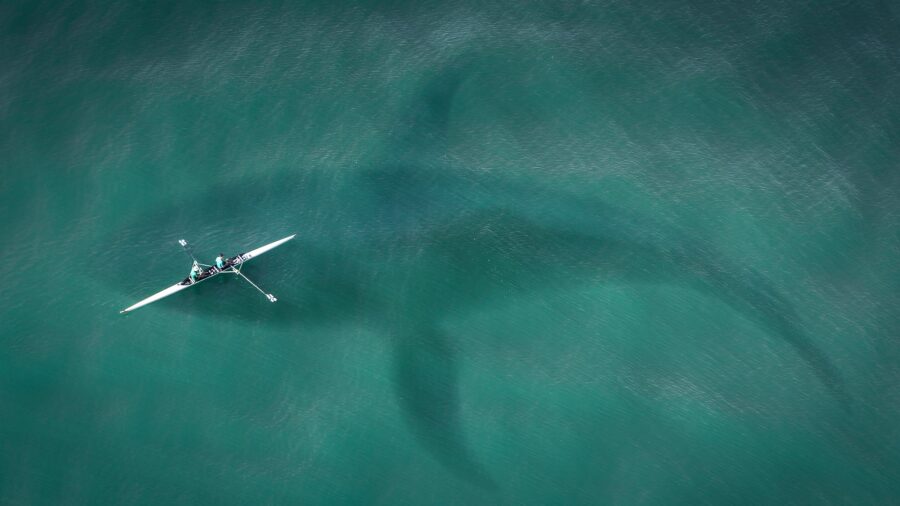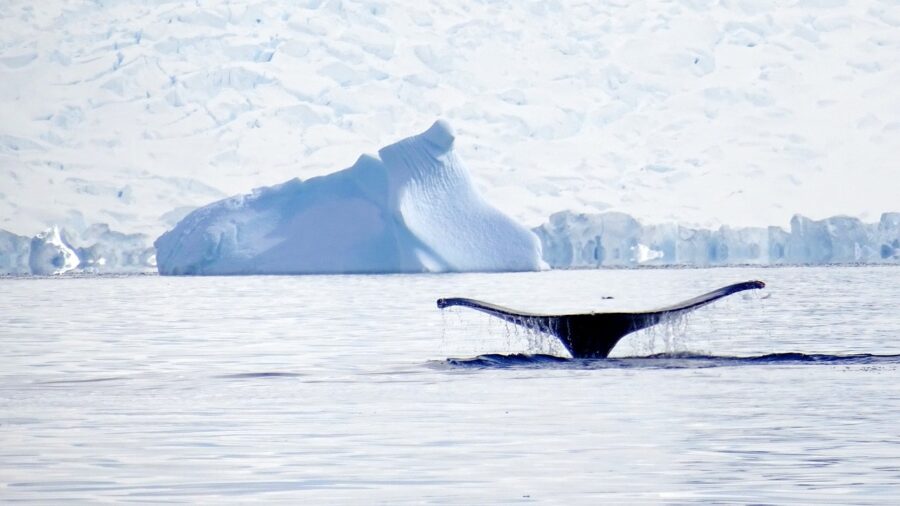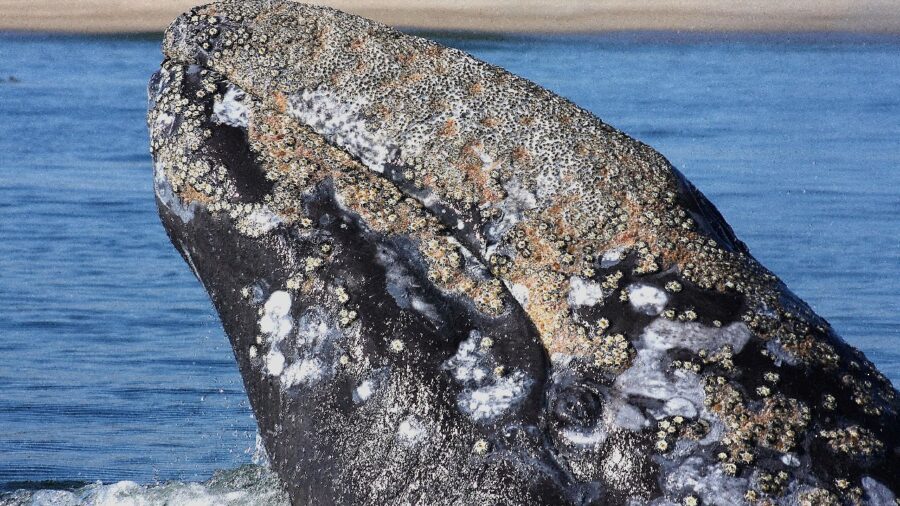Rare Ocean Sighting Confirms Extinct Area Animal Return

When the aerial survey team from the New England Aquarium took to the skies last week, they spotted a giant sea mammal from their helicopter that shocked them. In the northern Atlantic Ocean, just off the coast of Nantucket, the team saw what they maintained was a gray whale surfacing the waters to feed. While once plentiful in numbers in that part of the world, the gray whale hasn’t been seen there in more than 200 years and had long ago been thought to have been extinct among those waters.
Despite its quickly diminishing numbers, the gray whale wasn’t designated protection as a species until the 1970s.
The gray whale can be found in the northern Pacific Ocean but has been spotted elsewhere over the last five years. After decades of unregulated whaling in the 1700s, the gray whale vanished from the waters off the coast of New England, startling observers from the aquarium on March 1. Previously, gray whales have been spotted along the Atlantic coast of Florida, as well as in the Mediterranean Sea.
The gray whale sighting isn’t necessarily good news, however. Researchers believe that climate change is the reason behind this mammal’s migration to new waters. The Atlantic and Pacific Oceans connect via the Northwest Passage along the southern edges of the Arctic Ocean in northern Canada. The rising global temperatures have increased the temperatures of the world’s oceans, melting the ice.

Summer seasons along the Northwest Passage have experienced enough ice melt from climate change to make it possible for a mammal the size of the gray whale to safely swim through. Scientists at the New England Aquarium believe that this newly found waterway might lead to more gray whales swimming through and possibly repopulating the area off the coast in the Atlantic that they used to inhabit.
Every winter, the waters off the coast of Mexico are full of this species, as this is where the gray whale mates and gives birth to offspring.
The gray whale is distinguishable from other whales due to several unique characteristics. Its gray and mottled skin makes it an easy standout, but it’s the lack of a dorsal fin that is the true tell-tale sign of a gray whale. The mammal possesses a large dorsal hump and can grow as long as 50 feet and as heavy as 41 tons.

Despite its quickly diminishing numbers, the gray whale wasn’t designated protection as a species until the 1970s. Since then, the gray whale’s population has grown considerably, being as high as an estimated 26,000 in the 1990s. The current estimated numbers are a bit lower, hovering around 22,000.
It is not yet known how the summertime opening of the Northwest Passage will impact the gray whale’s mating.
The mammals migrate for several months of each year, traveling from the northern Pacific Ocean to the southern tip of the Baja Peninsula. Every winter, the waters off the coast of Mexico are full of this species, as this is where the gray whale mates and gives birth to offspring.
It is not yet known how the summertime opening of the Northwest Passage will impact the gray whale’s mating. But it stands to reason that if the waters off the coast of New England eventually host this species in great numbers once again, a similar migration would be made from the North Atlantic to southern waters every year.












